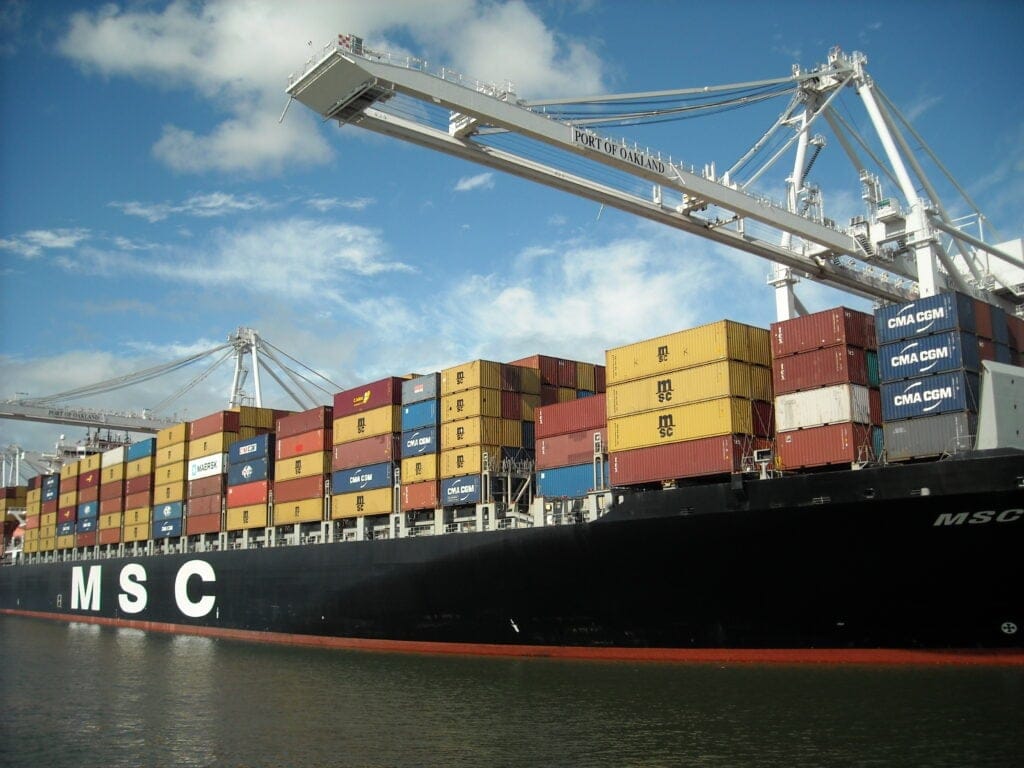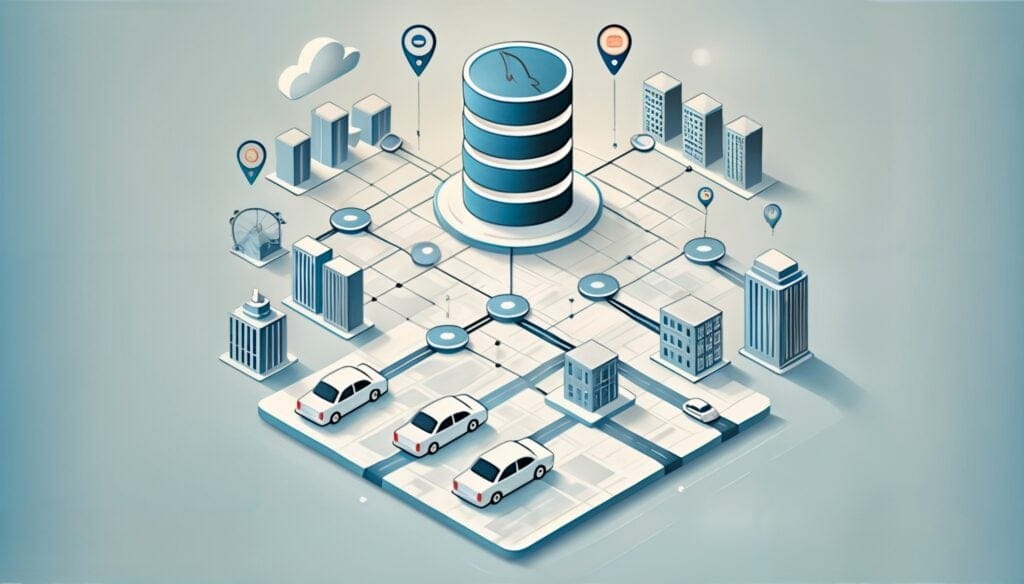
Now, Jaipur will start enjoying upfront fares when they request their uber rides! Simply enter your destination and get the actual trip fare before you request a ride. This way, you’ll know your fare before you go; letting you decide what’s best for you and your budget. So whether you’re riding uberX or uberGO- you know what your fare is before you even get into the car.
Upfront fares are calculated using the expected time and distance of the trip and local traffic, as well as how many riders and nearby drivers are using Uber at that moment. When fares go up due to increased demand, instead of surge lightning bolts and pop-up screens, riders are given the actual fare before they request their ride.
There’s no complicated math and no surprises: just sit back and enjoy the ride!
FAQs
Q: Why are you doing this?
A: Upfront fares are clearer and simpler for riders. There’s no math and no surprises. When you book a plane ticket or hotel room you know the price before you buy it. We see this as the right approach for Uber.
Q: How will you determine the upfront price?
A: We estimate the upfront price by considering a variety of factors that typically affect a fare, including dynamic pricing, traffic, and ERP toll charges. We’re able to use past data to estimate the likely cost of the trip and can present that price to a rider before they request. With upfront prices, you cannot book a car without approving the cost beforehand.
Q: Dynamic pricing icons, i.e. higher fares due to surge, no longer appear for upfront pricing product – why?
A: This new way of showing prices accounts for dynamic pricing, but provides the rider with more precise information up front. For example, instead of seeing that a fare will cost 1.5x, you will see that the trip will cost ₹100. This is aimed at getting riders like yourself more information upfront, so you can choose the product that best meets your needs and budget.
Q: But does dynamic pricing still exist?
A: Dynamic pricing still very much exists. The upfront fare takes into account all the factors that typically affect a fare, including demand at that moment in time in that part of the city, traffic, the length of the journey and tolls. However, since a rider is given a price upfront, the rider actually has more information about the cost. For example saying a trip will cost ₹100 provides more precise info to the rider than saying the trip fare is surging by 1.5x.
Q: Will dynamic pricing be included in the upfront fare?
A: Yes. If there are more people requesting rides than drivers available to give them, fares will increase via dynamic pricing. The price the rider is shown is guaranteed upfront — this will make it even easier for riders to compare the cost between a shared ride and a solo journey. With upfront prices you cannot book a car without approving the cost beforehand. (Keep in mind the fare may change if the rider changes their destination during the trip).
Q: Is the upfront fare completely inclusive (i.e. includes the booking fee, toll charges etc.)?
A: Generally yes. There are some instances when the final fare could be lower than the fare given upfront (for example, if the user has a promo code applied) — or higher, such as if the rider changes the destination of the trip.
Q: What if I change my destination, have multiple destinations or makes extra stops?
An upfront price may not be honored if you make significant changes to your trip route. In these cases, we’ll fallback to time and distance fares.
Posted by Chaitali Karnik
Get a ride when you need one
Start earning in your city
Get a ride when you need one
Start earning in your city
Related articles
Most popular

Migrating Uber’s Compute Platform to Kubernetes: A Technical Journey

MySQL At Uber

Adopting Arm at Scale: Bootstrapping Infrastructure
